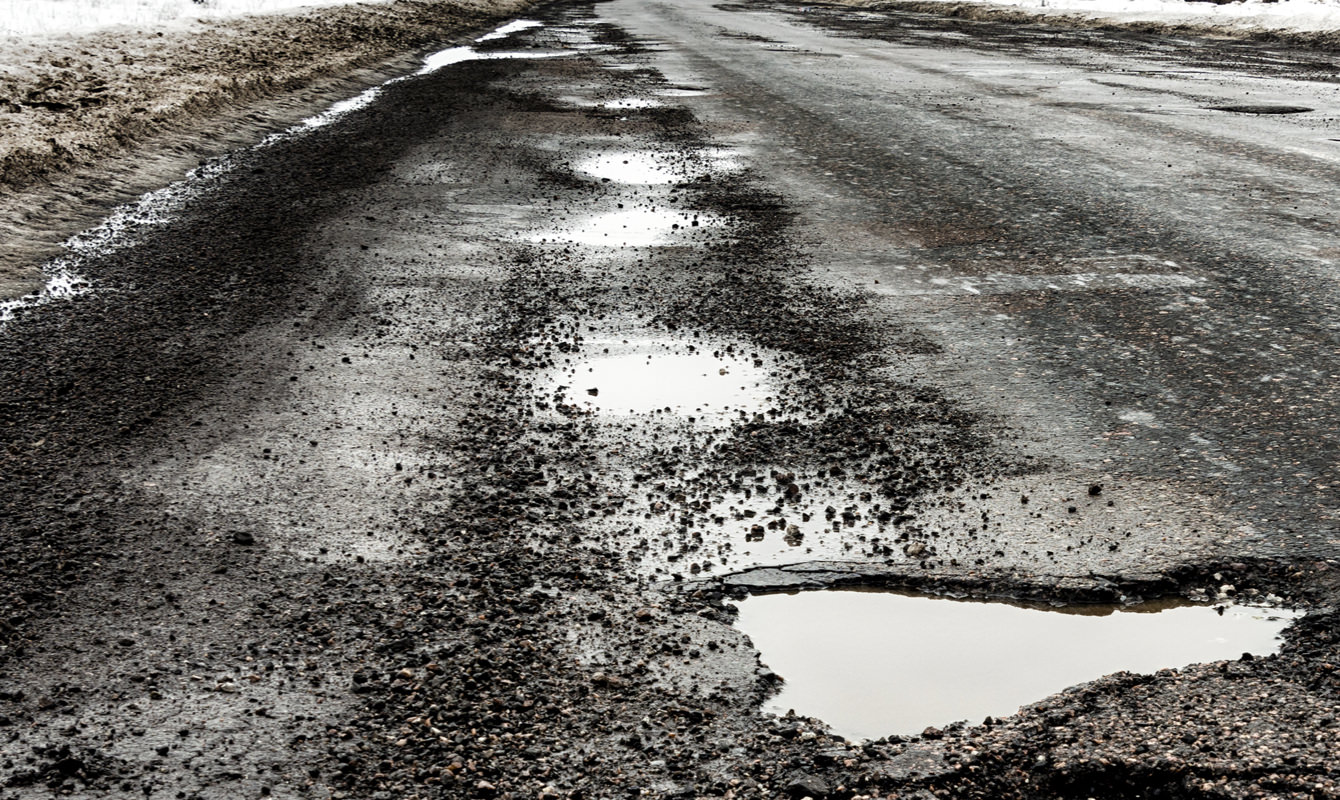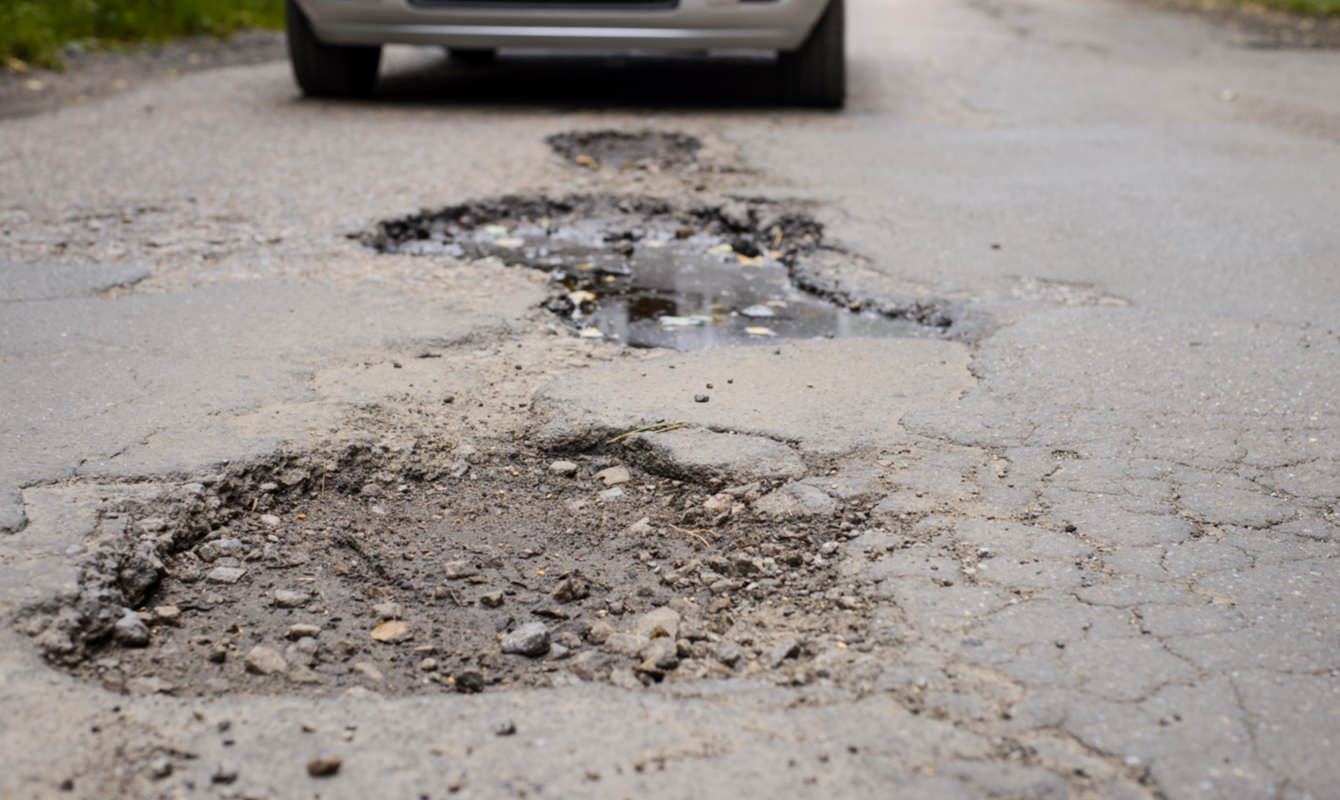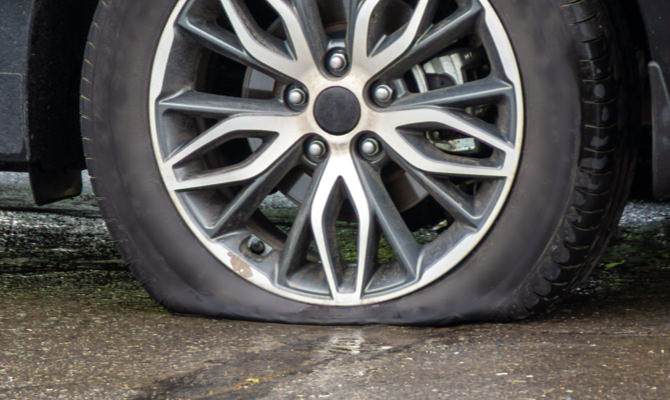Surviving Pothole Season
If you have been driving for any length of time, there is no doubt that you’ve experienced pothole season - that glorious time of the year when drivers spend their time dodging these roadway obstructions while hoping to avoid major damage to their vehicle.

How much does pothole damage cost?
Vehicle damage due to potholes is costly to US drivers. According to a study released in March 2022 by AAA, it found that $26.5 billion was spent by US drivers on car repairs due to pothole damage in 2021. This staggering number is an increase from the last study that AAA did in 2016 when it found that $15 billion was spent on repairs due to potholes in the previous five years.
Read on to learn what you can do to help your car make it through pothole season unscathed. These tips can help not only your car but your wallet.
How do potholes form?
Potholes are formed when water on the roadway seeps under the pavement through cracks in the road. These cracks are created as cars and trucks travel over the road day after day.
When the temperature falls below freezing, the water turns to ice and expands, forcing the pavement to rise.
As the temperatures climb during the day and vehicles pass over the compromised section of the road, the pavement contracts and breaks, leading to the formation of pothole in the road.
The freeze/thaw weather cycle that many parts of the country experiences is a key contributing factor to the formation of potholes. The more freeze/thaw cycles a pothole endures, the larger the pothole can become.
While potholes are typically associated with cold climates, drivers in warm climates also must deal with these roadway nuisances. In these areas of the country, heat is the cause of the problem. Heat causes cracks in the pavement which gives water an entry point. As traffic goes over the gap that is formed in the pavement, the top layer of the pavement crumbles and collapses to form a pothole.
How to avoid pothole damage
The best way to avoid potholes is to look ahead in the road while driving to scout out these annoying hazards. When you spot a pothole in the road, do your best to safely steer around the obstruction. If you can’t avoid a pothole, reduce your speed as you approach the pothole and hit it straight on. Hitting the pothole at a slower speed may help you avoid damage to your vehicle.
Another helpful tip is to keep your tires properly inflated. Your tires are on the front line of the pothole battle – they are the first to absorb the impact of a pothole so keeping them inflated at the manufacturer’s recommended PSI and making sure they have sufficient tread may help you avoid costly car repairs.
A final tip is to avoid driving through puddles and standing water. Potholes can lurk beneath the water, just waiting for you to hit them. Remember, you can’t avoid obstructions that you can’t see.

How to tell if a pothole has damaged your car
If you hit a particularly large pothole, be on the lookout for damage to your vehicle. Common problems include flat tires and other tire damage like punctures and bent wheel rims. You may notice that your steering pulls to one side, which is an indication of alignment problems. You could also experience damage to your suspension system, including wear and tear on your shocks and struts. Other areas that could sustain damage include the undercarriage and exhaust system.
If you suspect that your vehicle has sustained damage after hitting a pothole, take it to your trusted mechanic for a thorough inspection.

Learn more about premium steering and suspension parts, find your car part, or find where to buy your auto part today.
The content in this article is for informational purposes only. You should consult with a certified technician or mechanic if you have questions relating to any of the topics covered herein. Tenneco will not be liable for any loss or damage caused by your reliance on any content.